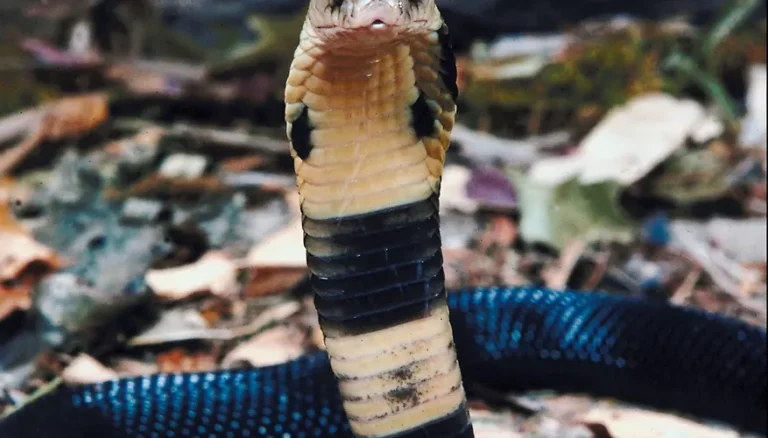The Lifespan of Jumping Spiders: Understanding Their Life Expectancy
Jumping spiders, known for their unique hunting abilities and charismatic behavior, are a subject of fascination for many. A common question from those interested in these creatures, especially potential pet owners, is: “How long does a jumping spider live?” This article will explore the lifespan of jumping spiders and the factors that influence their longevity.
Understanding Jumping Spider Lifespan
The lifespan of a jumping spider can vary significantly depending on the species, environmental conditions, and care they receive. In general, jumping spiders have a relatively short life cycle compared to other pets.
Average Lifespan in the Wild
In their natural habitat, jumping spiders typically live for about one year. Some factors that affect their lifespan in the wild include:
-
Predation: They face numerous predators, which can shorten their life expectancy.
-
Food Availability: Access to consistent food sources is crucial for their survival.
-
Environmental Conditions: Harsh weather conditions can also impact their lifespan.
Lifespan in Captivity
When kept as pets, jumping spiders can have a slightly longer lifespan due to controlled conditions that reduce threats and provide steady food sources. On average, they can live for 1 to 2 years in captivity, with some species and individuals reaching up to 3 years.
Factors Affecting Lifespan in Captivity
Several factors influence how long a jumping spider lives under human care:
-
Diet: A nutritious and varied diet is essential for their health and longevity.
-
Habitat: A well-maintained habitat with appropriate temperature and humidity levels is crucial.
-
Stress Reduction: Minimizing stress through proper handling and care can positively impact their lifespan.
Species-Specific Lifespans
Different species of jumping spiders may have varying lifespans. For example:
-
Regal Jumping Spider (Phidippus regius): Known to live up to 2-3 years in captivity.
-
Zebra Jumping Spider (Salticus scenicus): Typically has a shorter lifespan of around 1-2 years.
Signs of Aging in Jumping Spiders
As jumping spiders age, they may exhibit signs such as:
-
Decreased Activity: Older spiders tend to be less active.
-
Appetite Changes: They might eat less as they approach the end of their life cycle.
-
Physical Changes: Their appearance may change, with some fading in coloration.
Breeding and Lifespan
The breeding cycle can also affect a jumping spider’s lifespan. Females, particularly those that have produced multiple egg sacs, may have a shorter lifespan due to the energy expended during reproduction.
Caring for an Aging Jumping Spider
As your spider ages, its care requirements may change. Providing a comfortable habitat, easy access to food, and minimizing handling can help ensure a peaceful and healthy life.
Conclusion: Embracing the Natural Cycle
Understanding the lifespan of jumping spiders helps owners provide the best care throughout their lives. While their time with us may be short, jumping spiders can offer a unique and enriching experience as pets. By providing a safe and nurturing environment, you can help your spider thrive and enjoy a full life.
In summary, the lifespan of jumping spiders is influenced by a variety of factors, including species, environmental conditions, and care. Whether in the wild or captivity, these remarkable creatures live relatively short but dynamic lives, filled with fascinating behaviors and interactions that can capture the hearts of those who observe them.






